30 Shocking Auschwitz Facts that YOU Should Know!
Insights into Prisoner's Everyday Life
Why should we all get to know at least some of the facts about Auschwitz? Because it’s one of the most important places in Europe’s history.
That’s the reason why Auschwitz Tours are so popular and why people from all around the world are coming to Poland to see this state.
But have you ever wondered how much you really know about Auschwitz?
Even if you’ve learned about it at school – it probably wasn’t much.
Unfortunately, the knowledge about the tragic history of Auschwitz – Birkenau amongst people gradually fades. We cannot let that happen, that’s why we prepared our article about Auschwitz facts.
Do you want to know more?
We have researched lots of unknown Auschwitz facts that will totally shock you. But it is something we all need to know to fully understand the tragedy of genocide.
So, if you want to be fully ready for participating in Auschwitz Tour, we hope our 30 Auschwitz facts will help you prepare for your visit.
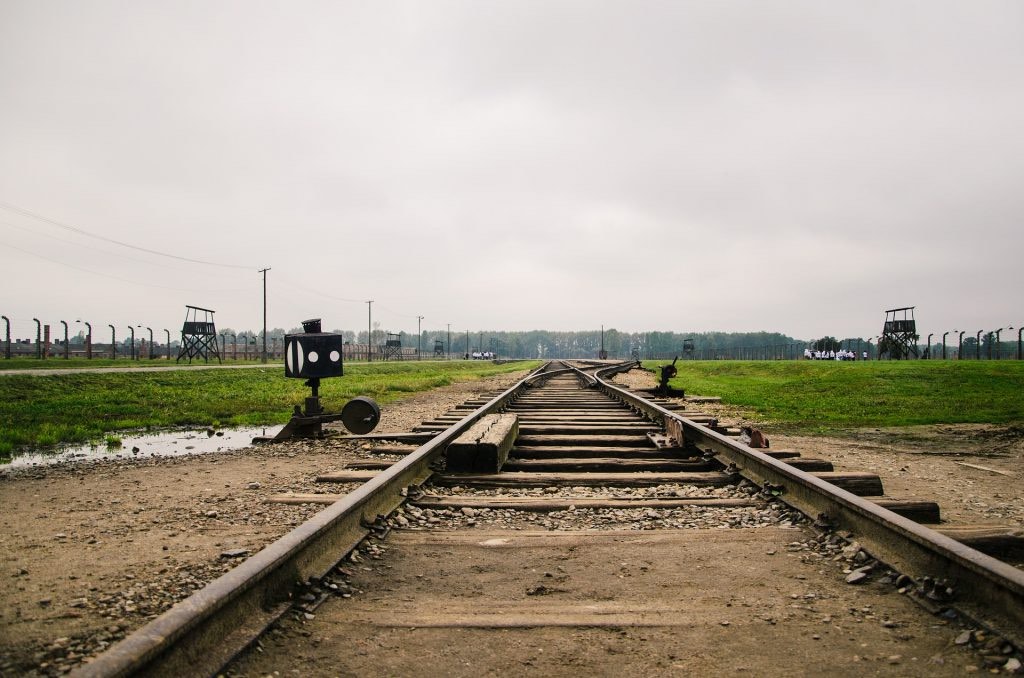
Auschwitz historical facts you have to know
Let’s start with 5 elementary Auschwitz facts, that should be obligatory for us.
30. Auschwitz was first constructed to hold Polish political prisoners, who began to arrive in May 1940. In the end, more people died in Auschwitz than the British and American losses of World War II combined.
29. The Birkenau camp was the largest of the more than 40 camps and sub-camps, that was part of the Auschwitz camp complex (if you want to know its size and location, check Where is Auschwitz post)
28. From March 1, 1942, to November 22, 1943, the camp was subordinated to Rudolf Höss – the commandant of the entire complex of Auschwitz camps. He was arrested in 1946, convicted of murder and hanged at the camp.
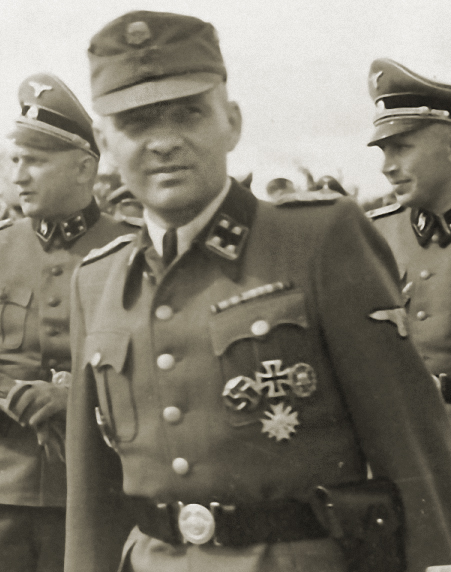
27. The division of the camp into three lesser ones was created for easier management. Each of them had a different function:
- Auschwitz I focused central offices, warehouses, and workshops.
- Auschwitz II camp was a center for the extermination of the Jews brought into extermination.
- The task of the Auschwitz III camp was to hire prisoners’ workforce.
26. On January 27, 1945, the Soviet soldiers opened the gates of KL Auschwitz. Prisoners welcomed them as genuine liberators. The paradox of history caused that soldiers who were formally representatives of Stalinist totalitarianism brought freedom to the prisoners of Nazi totalitarianism.
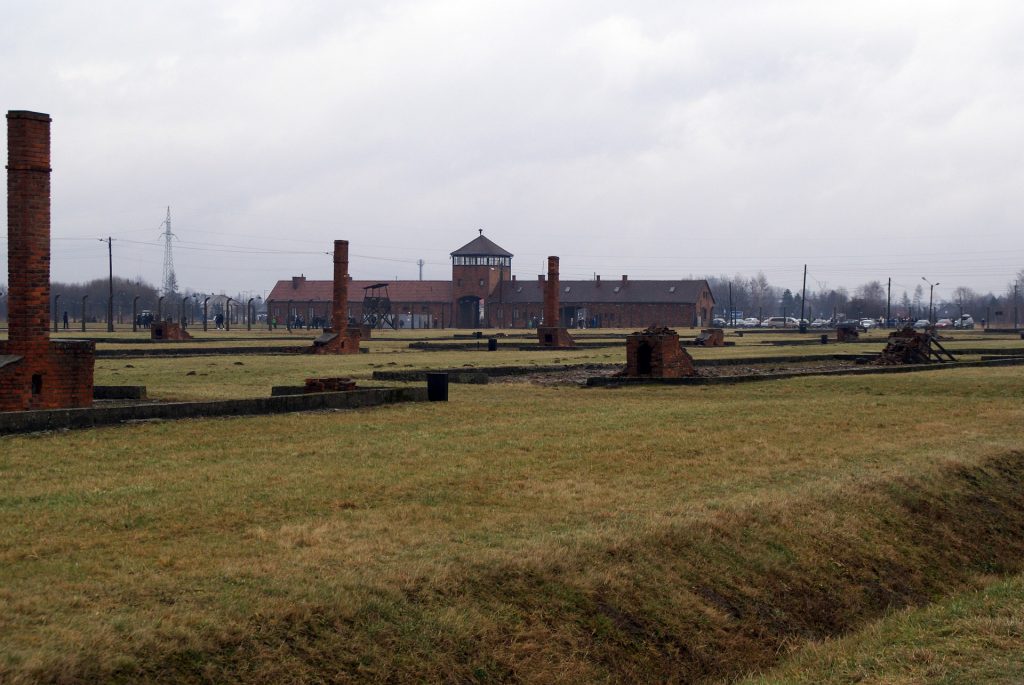
Do you want to know what the daily life of the camp looked like?
Auschwitz facts that will bring you closer to prisoners’ everyday life
25. The Auschwitz camp consisted of 28 blocks. Most of them were residential buildings for prisoners. The blocks were intended for about 700 prisoners, however, their number reached even 1,200. In the second part of the camp – Birkenau – there were two types of barracks for prisoners: brick and wooden. Each of them lacked sanitary facilities, lights, and heating.
24. For the first months, the water was available only in kitchen barracks. The prisoners did not have access to it. They went dirty for a long time. In addition, there was high humidity in the barracks, and lice and rats were a huge problem for prisoners.
23. . Prisoners had to undress before bathing in their barracks and – regardless of weather conditions – go naked to the bathhouse. For many prisoners, it ended with illness and death.
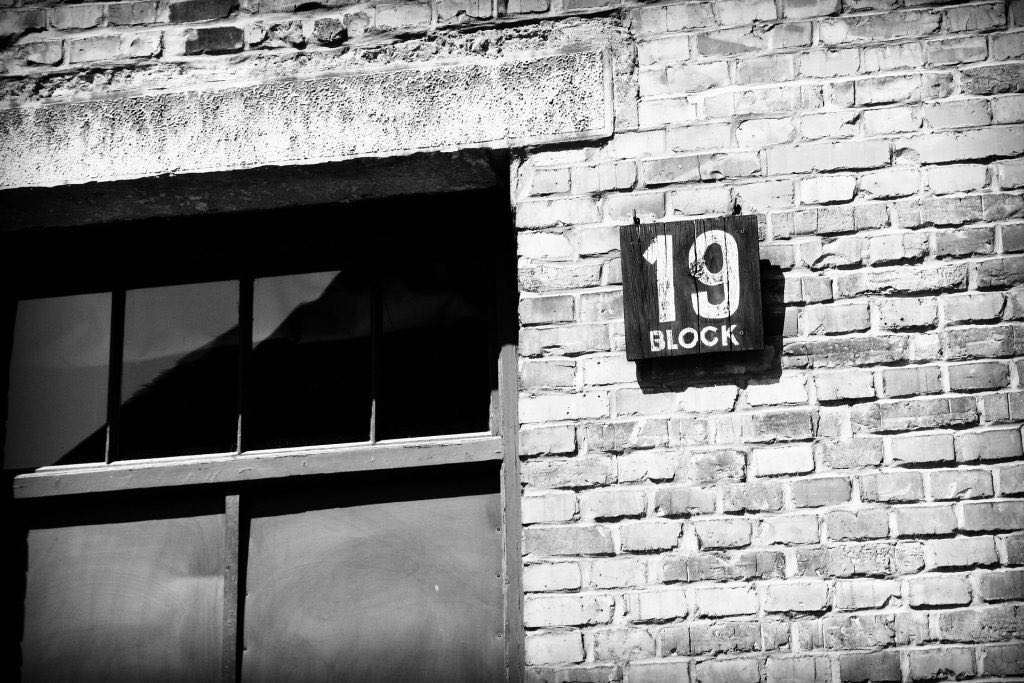
22. The prisoners received three meals during the day:
- Half a liter of water with a substitute of coffee or tea in the morning.
- 1 liter of soup (made of potatoes, swedes, millet, rye flour and “Avo” food extract) for dinner. Soups were disgusting, so it was hard for the new prisoners to eat them.
- 300 grams of black bread for supper, with 25 grams of sausage, margarine, marmalade or cheese.
21. The working day began in the summer season at 4.30, and in the winter season at 5.30. At the sound of the first gong, the prisoners got up and cleaned the houses. Then they tried to wash, defecate and drink “coffee” or “tea”. At the sound of the second gong, the prisoners ran out for the roll-call, where they lined up in rows of ten.
Check more sad details of prisoners’ fate and frightening Auschwitz photos.
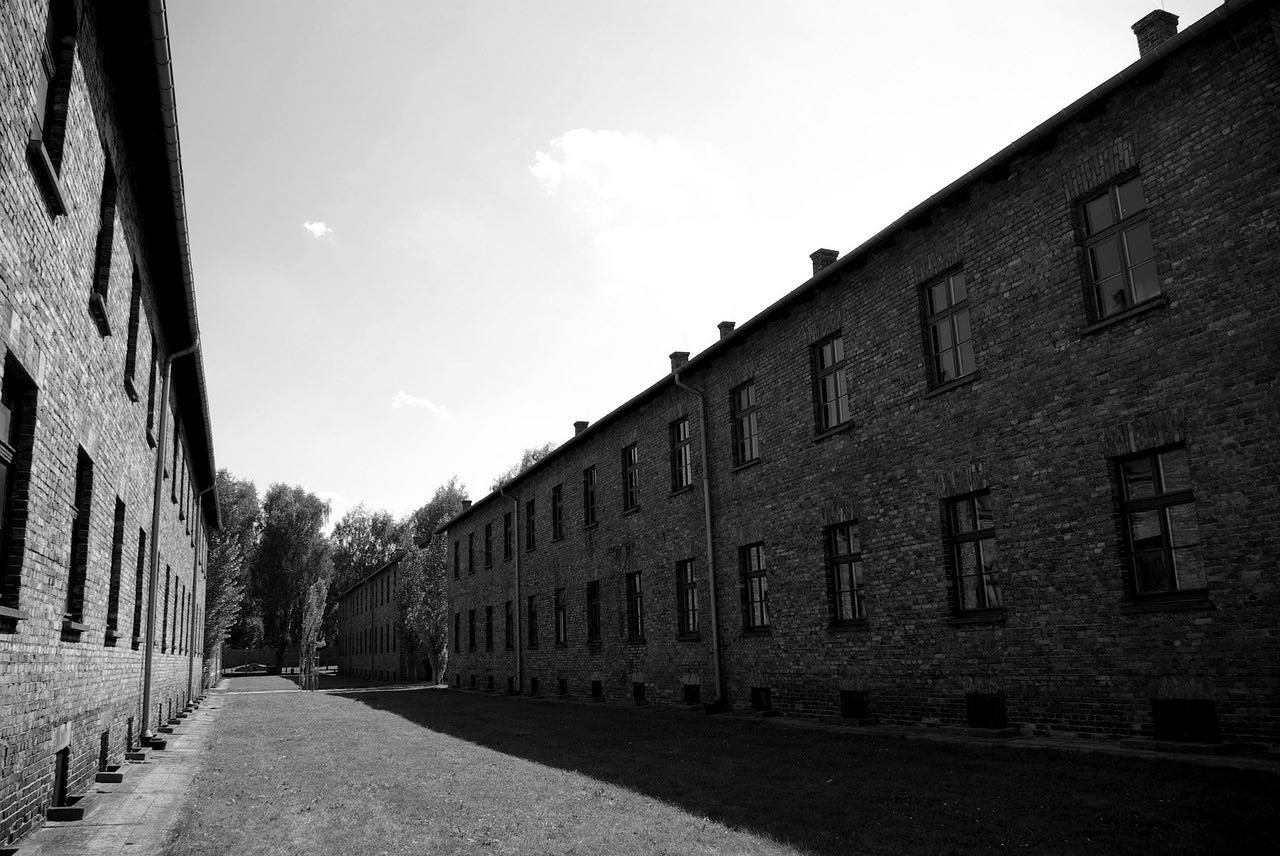
It’s obvious that being a prisoner of Auschwitz was a terrible experience.
But do you know who the prisoners were?
The most popular choices
The prisoners – Auschwitz facts about victims
20. Polish nationality prevailed in the camp until March 1942. There were some Germans, Czechs, and Yugoslavs as well. From April 1942, Jews‘ transports from ghettos across occupied Europe began. It was the result of the Nazi’s “final solution“.
19. Jewish prisoners were persecuted during the procedure of admission to the camp. Authorities treated Jews most ruthlessly, often with sophisticated cruelty. According to SS the value of their life was the lowest. All of them became victims of hunger, cold, work beyond strength and constant abuse or died in gas chambers.
18. Each prisoner belonged to one of the marked categories:
- political prisoners
- Jehovah’s witnesses
- expatriates
- socialists
- criminals
- homosexuals
Every prisoner received a camp number. Letters denoted the nationality and the Jews had additional yellow triangles.
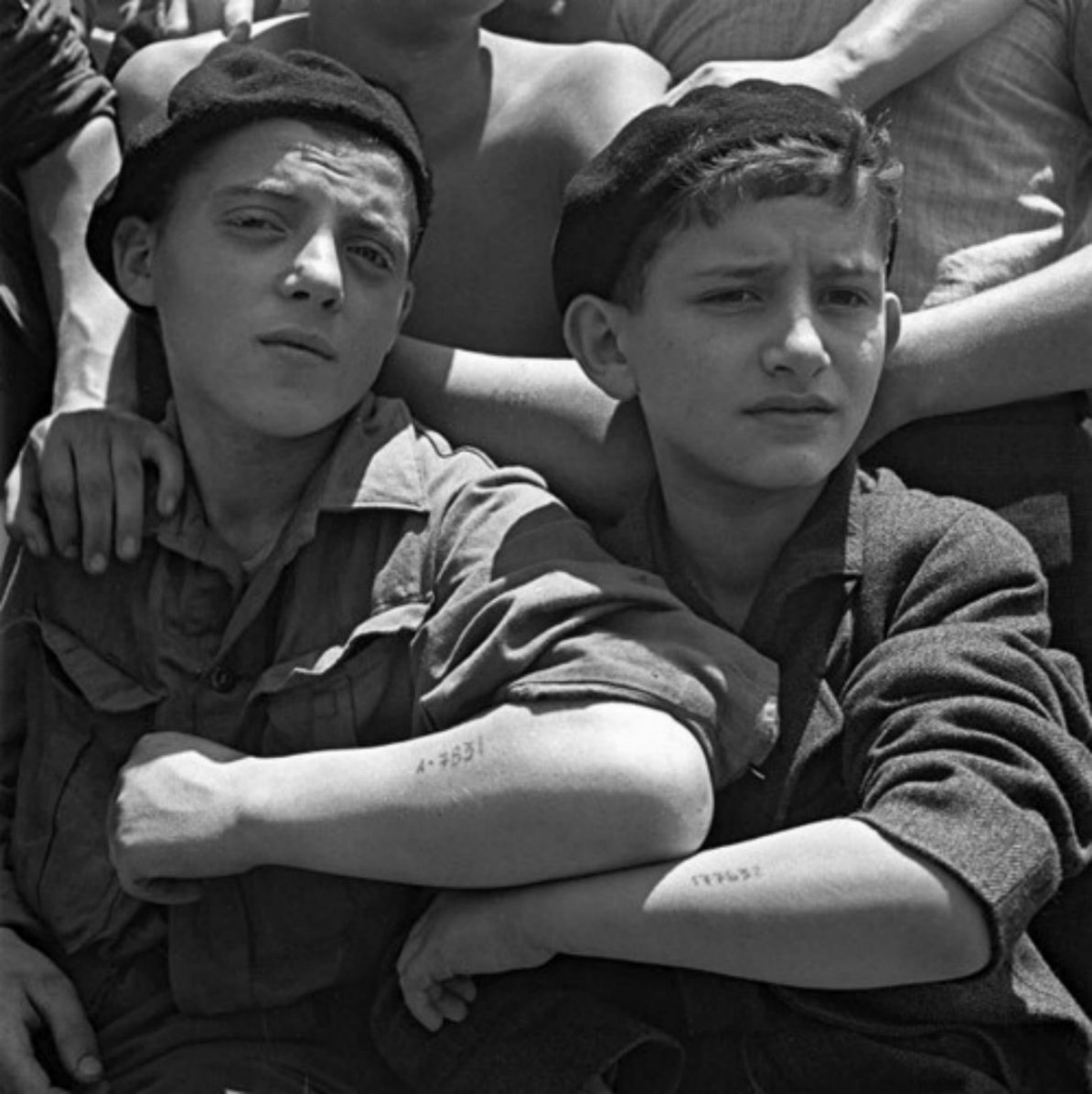
17. There were about 232 000 of children under the age of 18 years deported to the Auschwitz-Birkenau camp. This number includes about 216,000 Jews, 11 thousand Gypsies, at least 3 thousand Poles, over 1 thousand Belarussians, Russians, Ukrainians and others.
16. At least 1 million of Jews were killed in Auschwitz (only about 100,000 as registered prisoners). Not less than 900,000 were killed immediately after transport in gas chambers (1 in 6 Jews killed in the Holocaust died at Auschwitz). There were also around 100,000 victims of other nationalities.
Fortunately, they were also some survivors and those who escaped.
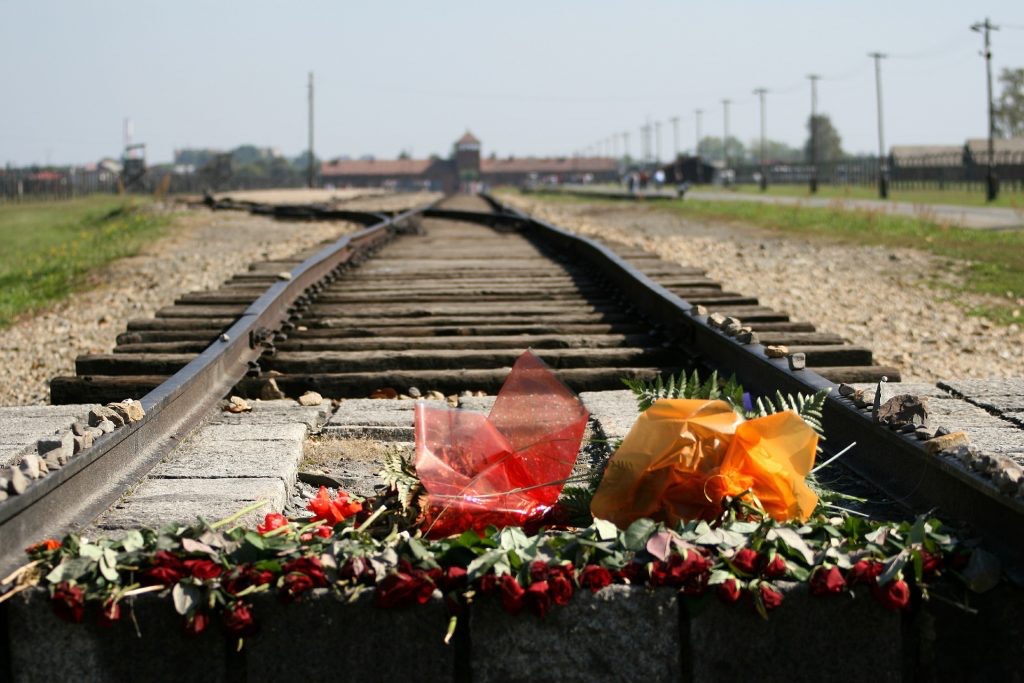
Auschwitz survivors – testimonies of courage
15. The first escape took place on July 6, 1940, by Tadeusz Wiejowski. He got help from his countrymen, who were employed in the camp as civilian workers. Unfortunately, he was caught one year later and executed in jail. We can not omit the story of Witold Pilecki, a Polish soldier, volunteered to be imprisoned in Auschwitz in order to gather information, escaped and let the world know about the Holocaust.
14. On June 20, 1942, four Poles: Kazimierz Piechowski, Stanisław Gustaw Jaster, Józef Lempart and Eugeniusz Bender fled. They broke into SS magazines, from where they stole SS uniforms and weapons. Disguised as SS men, they left the camp by car stolen from the SS garages. They arrived at the General Government.
Other prisoners usually escaped from workplaces outside the camp.

13. 928 prisoners tried to escape from Auschwitz in total (including 878 men and 50 women). Among them, the largest group were Poles – 439 of them (including 11 women).
12. 196 prisoners successfully escaped from the camp. Most of them lived to see the end of the war. There were also 25 prisoners whose escape was successful, but after some time (a few weeks or months, sometimes even years) they were captured again.
11. About 230 Soviet soldiers fell in the battle for the liberation of the camp. About 7,000 prisoners received freedom. Antoni Dobrowolski, the oldest known survivor of Auschwitz, died aged 108 on October 21, 2012, in Poland.
Also, many other, unusual human stories took place in the camp.
Do you want to hear them?
Auschwitz stories the world should hear more about
10. Polish midwife Stanislawa Leszczynska helped pregnant women in Auschwitz to give birth to over 3,000 babies. She described her memories in The Report of a Midwife from Auschwitz. The book is a proof of how she risked her life to save newborns.

9. At the age of 86 died Auschwitz prisoner Salamo Arouch – Jewish Greek boxer. He survived concentration camp thanks to his fighting skills. Nazi soldiers used him for boxing matches organized for entertainment. He won about 200 fights, and that kept him alive.
8. There was a public house called “Puff” in the camp. The services of prostitutes were supposed to be a motivation for working prisoners. Sex was also supposed to stop homosexuality, which spread among the prisoners. In the whorehouse, Polish and German women “were employed”. They volunteered to save their lives.

7. A lot of prisoners were used in cruel Joseph Mengele’s pseudo-medical experiments. The use of prisoners for experiments was a part of the Nazi concept that the enemies of the state should serve the Reich either by work or death during scientific research.
Some of the sadistic experiments based on:
- sterilization of women and men
- hunger disease
- genetic tests (especially on children)
- testing of various toxic substances
- hypothermia
- electroshocks
It’s hard to count how many people have been victims of that treatment.
Bayer (famous for producing aspirin) bought prisoners from Auschwitz to use as research subjects for testing new drugs.
Did you know that?
6. The underground activity was organized in Auschwitz. It was primarily made up of Polish political prisoners. In 1942 and 1943 several resistance groups by prisoners deported from various countries were formed in the camp as well.
Several rebellions broke out in the camp however armed intervention was not denied. The prisoners knew that they were too weak to defeat SS officers.
Fortunately, the war came to an end and Auschwitz’s nightmare ended.
Come to the last 5 Auschwitz facts and get know how the Auschwitz camp changed the course of the history.
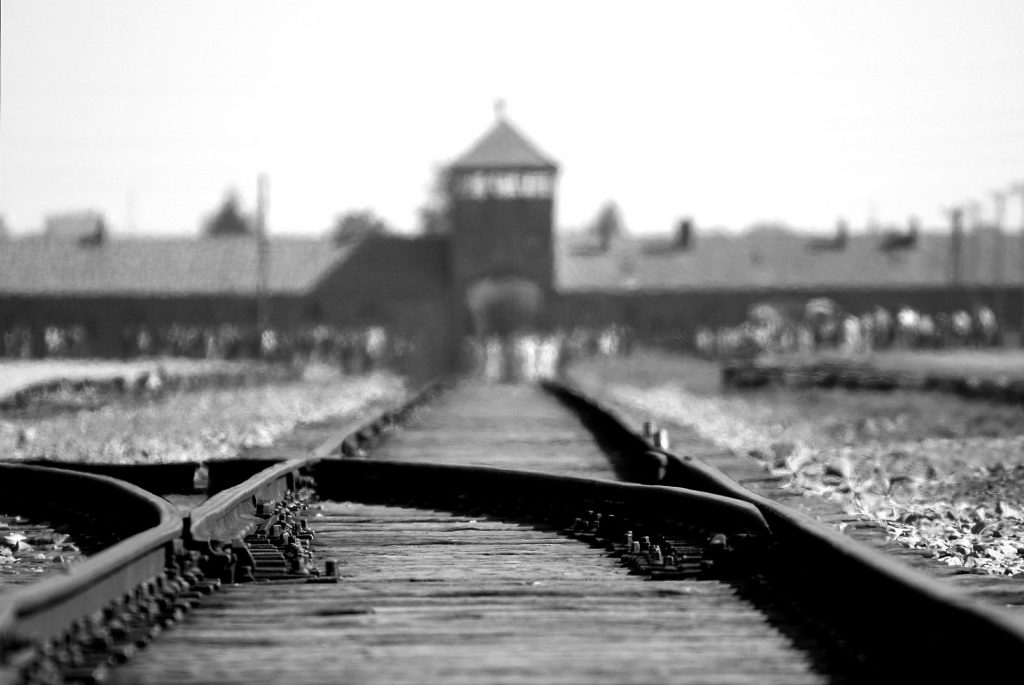
Post-War important Auschwitz facts
5. About 60 million Reichmarks, equivalent to £125m today, was generated for the Nazi state by slave labor at Auschwitz during the Holocaust.
4. The International Holocaust Remembrance Day is on 27 January. This date was chosen because of the day of the liberation of Auschwitz by the Red Army.
3. Despite thousands of evidence, there are still people and organizations which deny that thousands of people were murdered in the camp. They are sure that there were no gas chambers in the camp and don’t believe that the crematories could burn a few thousand corpses. In other words, they negate the fact, that the camp was a place of genocide.

2. Since the beginning of the war, the Nazis (primarily for political reasons) did everything they could to hide from the public the truth about the extermination of people in the occupied countries.
1. After Auschwitz became a museum in 1947, exhumation work lasted for more than a decade.
You can see how Auschwitz looks like today in the pictures or by visiting it. So if you want to see that shocking place on your own, join one of the Auschwitz Tours from Krakow.
A small cheat sheet of the most important dates at the end:
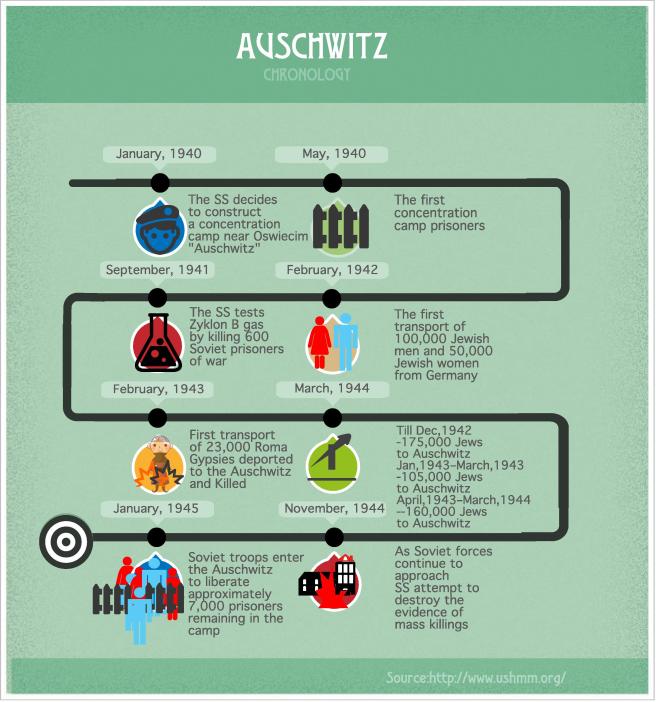
And if you are planning your Auschwitz Tour we highly encourage you to explore our options. Focus on the tragic story and let us take care about the logistics of the tour:





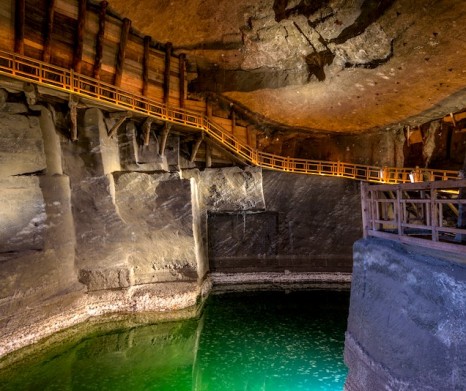
Comments
Add new comment